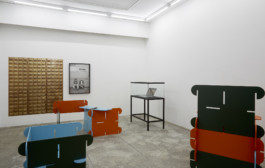


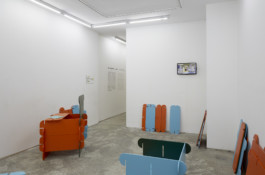
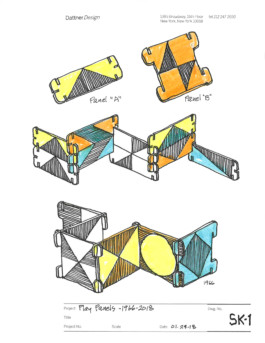
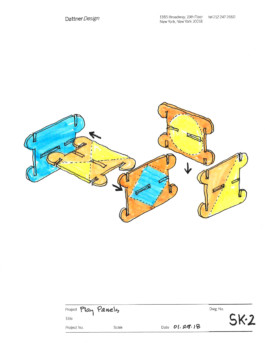
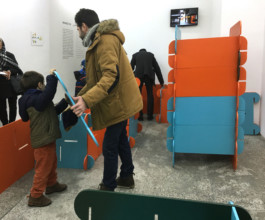
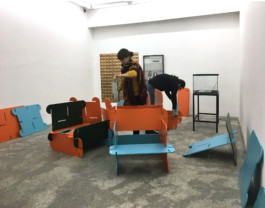
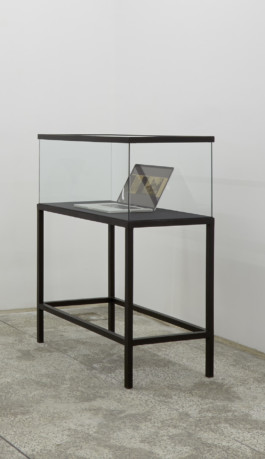
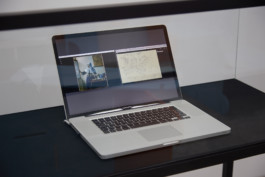
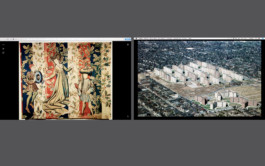
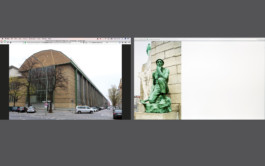
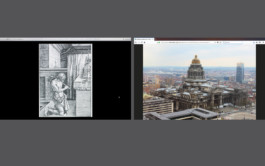
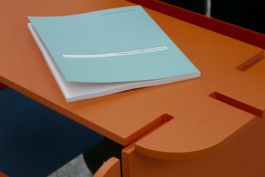
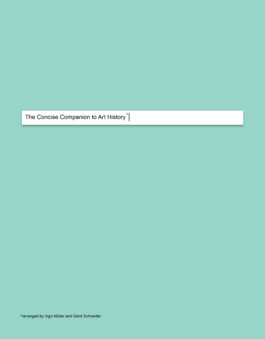
The Concise Companion to Art History arranged by Ingo Müller and Gerd Schneider 2014-2018
The Concise Companion to Art History arranged by Ingo Müller and Gerd Schneider 2014-2018
The Concise Companion to Art History arranged by Ingo Müller and Gerd Schneider 2014-2018
The Concise Companion to Art History arranged by Ingo Müller and Gerd Schneider 2014-2018
The Concise Companion to Art History arranged by Ingo Müller and Gerd Schneider 2014-2018
The Concise Companion to Art History arranged by Ingo Müller and Gerd Schneider 2014-2018
The Concise Companion to Art History arranged by Ingo Müller and Gerd Schneider 2014-2018
The Concise Companion to Art History arranged by Ingo Müller and Gerd Schneider 2014-2018
The Concise Companion to Art History arranged by Ingo Müller and Gerd Schneider 2014-2018
The Concise Companion to Art History arranged by Ingo Müller and Gerd Schneider 2014-2018
The Concise Companion to Art History arranged by Ingo Müller and Gerd Schneider 2014-2018
The Concise Companion to Art History arranged by Ingo Müller and Gerd Schneider 2014-2018
The Concise Companion to Art History arranged by Ingo Müller and Gerd Schneider 2014-2018
The Concise Companion to Art History arranged by Ingo Müller and Gerd Schneider 2014-2018
The Concise Companion to Art History arranged by Ingo Müller and Gerd Schneider 2014-2018
After the late 1980s the art history teaching resources in the form of glass slides at the Art Academy in Düsseldorf were used less and less as more technically advanced teaching resources made them redundant.
The library was moved from the first floor of the main building to its current location in the newly acquired Rheinflügel building at Reuterkaserne. It is thought that it was at the time of this relocation that the archive of glass slides was transported to its current location where it remains to this day.
On closer inspection, it seems that the transfer of the archive to the basement consisted of a process of dismantling the framework of the archive and transporting its drawers separately. Since it was unlikely that the archive would be used again, care was not taken to return the drawers to their original position and the order of the archive was lost. This work is thought to have been undertaken by Ingo Müller and Gerd Schneider, two students at the Art Academy.
Since access to the archive is forbidden, a slide index, photographic documentation of the space and the inscription on the drawers are used to search for online images that would partially reconstruct this very specific art history represented by this new configuration of drawers.
The found images are presented side by side on a laptop inside a vitrine showing pairs of drawers as Ingo Müller and Gerd Schneider left them after the relocation.
A wallpaper shows part of the archive in real size. Next to this is an image of Ingo Müller and Gerd Schneider, the two students who moved the archive to the basement of the building.
On the back wall is a screen showing an ad for a robotics system used for the optimization of spaces in warehouses in companies like Amazon.
Within the space of the installation forty Play Panels can be found that visitors are invited to interact with.
These Play Panels were originally designed by the American architect Richard Dattner in the 1960s for his central park playground, but they have been out of production since then. At that time, a number of individuals were concerned with a redefinition of spaces of play. The objective was the encouragement of creative activity that was based on the interaction of individuals regardless of their age.
Within the context of this installation, Fari Shams reintroduces these panels with some modifications to the originals in collaboration with Richard Dattner.
The Panels function within this work that considers a history of art defined through a collection of old glass slides whose order has been lost due to a physical relocation. If this history can be retold, could this process be considered as one of construction and reconstruction, based on temporary forms ?
Visitors of all ages are invited to take part by playing with the panels.
At the end of this Tehran exhibition, the panels will be donated to a nearby school, a gesture that will be repeated in forthcoming exhibitions, as a way of removing these panels from the gallery space and reintegrating them in a public space, to build on and continue the project already started through its users within the installation.